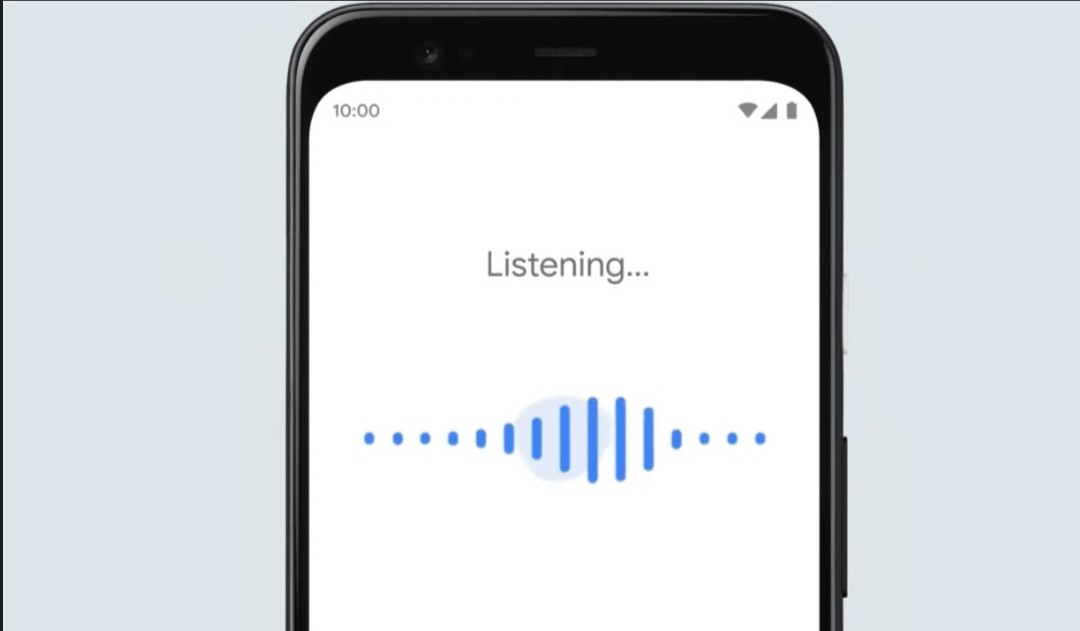Having a song stuck in your head can be a fairly common occurrence, especially if it’s catchy or if you’ve been listening to it repeatedly. But what happens when you can only remember the tune and not the lyrics? In such cases, humming may be your best tool to find that elusive song.
Humming is a simple method of producing a musical sound by creating a resonance in your vocal cords, without the need for lyrics or sophisticated musical instruments. Today, with the development of advanced technology, you can even hum the tune into music identification apps or software, like Shazam or SoundHound, to find your song. These software algorithms match the melody you hum with millions of songs in their database, and in most cases, they return accurate results.
This is particularly helpful if the earworm in your head is from a foreign language song or an instrumental piece where lyrics might not be available. Moreover, humming can also be therapeutic. It can help you to relax, reduce stress, and improve your mood. So, the next time you find a song stuck in your head and can’t remember the lyrics, hum away and watch the magic unfold.
Hum to Identify Your Earworm
An earworm, in psychological terms, refers to a catchy piece of music that continually repeats through a person’s mind after it is no longer playing. This phenomenon is quite common, and almost everyone experiences it at some point. To identify your earworm, humming can be an effective method.
Humming the tune that’s stuck in your mind serves a dual purpose. Firstly, it allows you to express the melody, possibly leading to the song’s identification if you’re unsure of its title or artist. Secondly, humming can sometimes help in getting rid of the earworm, as it might satisfy the brain’s need to repeat the tune. Scientists have also suggested that understanding the structure of an earworm might help in finding ways to control it, and humming could be a part of this process.
Therefore, while an earworm can be a little irritating, humming it out might just be the solution you need. It can also be a fun way to discover and remember new songs. So, the next time an earworm invades your mind, don’t be annoyed. Instead, try humming it out loud and you might be surprised at the results.
How Machines Decode Melodies
Machines decode melodies through a complex process known as machine learning, a type of artificial intelligence that allows software applications to become more accurate in predicting outcomes without being explicitly programmed. In the context of music, machines are often programmed to recognize patterns and structures within a melody, such as rhythm, pitch, and harmony.
This is done using algorithms that analyze various features of the music, including its timbre, tempo, and tonality. Once the machine has gathered this data, it can then compare it to a vast database of previously analyzed music in order to identify similarities and differences. From this, the machine can then make predictions about the melody, such as its genre, mood, or even the artist. This technology has numerous applications in the music industry, such as music recommendation systems, music composition, and music analysis. It can also be used to help individuals with hearing impairments to ‘hear’ music by translating sound into visual or tactile signals.
However, despite its many advantages, this technology is not without its challenges. One of the main obstacles is the sheer complexity of music itself, which is not only extremely diverse, but also highly subjective and deeply personal. Furthermore, while machines can be trained to recognize and analyze patterns within a melody, they are not yet able to understand or appreciate the emotional nuances and cultural contexts that are so integral to music. Nevertheless, as machine learning technology continues to evolve, so too will the ability of machines to decode melodies, opening up new possibilities and opportunities in the world of music.
Effortless Song Retrieval
Effortless song retrieval has become an inherent part of our technologically advanced society. In the past, obtaining a song required a lengthy process of purchasing a physical album or waiting for it to play on the radio. However, the advent of digital music platforms has revolutionized this process, making it seamless and instant. Now, with just a few taps on a screen or a simple voice command, users can access their preferred songs from a comprehensive library containing millions of tracks.
This innovation is not just limited to the convenience of getting hold of the music we love, but also extends to discovering new music. Algorithms and AI technology are utilized to curate personalized playlists based on listening habits, making the discovery of new music an effortless experience. This not only enhances individual enjoyment but also aids in the growth of global music culture, as it promotes the exposure and appreciation of diverse music genres and artists.
The digitalization of music has also made it possible for users to store their favorite tracks in the cloud, eliminating the need for physical storage and making music accessible from anywhere, anytime. This ease of song retrieval, coupled with the personalization of music discovery, has transformed the way we interact with music, making it an integral part of our daily lives.

Discover Songs with a Hum
Discovering songs with a hum is an innovative and engaging way to explore music. It’s a method that’s gaining popularity due to technology’s constant advancements. This approach involves using an application or a device that can identify a song based purely on the tune you hum or sing into it. In essence, you hum a melody, and the app deciphers the tune and provides you with the song’s title and artist. Imagine having a song stuck in your head but not being able to remember its name or the artist who sang it.
With the hum discovery feature, you can hum the tune, and the app will find the song for you. It’s a fascinating blend of music and technology that makes song discovery a fun and interactive process. Various apps, like SoundHound and Musixmatch, have already incorporated this feature, making it easier for users to identify and discover songs. This technology uses algorithms that analyze the hum, compare it with a vast database of music, and find a match. While it may not always be 100% accurate due to variations in humming styles and voice pitches, this feature is improving with each update.
It’s an exciting concept that opens up a world of music exploration at your fingertips, all you need is a hum. Whether you are a music lover looking to identify a catchy tune you heard in passing or a musician seeking inspiration, discovering songs with a hum could prove to be an invaluable tool. As this technology continues to evolve, who knows what other innovative ways we’ll be able to discover and enjoy music in the future.
Simplifying Music Searches
Simplifying music searches has become a significant focus in the digital era. With the advent of streaming platforms and AI technology, finding a song or album has become an effortless task. Previously, individuals had to sift through countless files and directories to locate a specific music piece. But now, innovation has simplified this process, making it more user-friendly and intuitive. Users can now type in song lyrics, hum, or even whistle the tune to find the song they’re looking for, thanks to advanced algorithmic systems.
Additionally, personalized music recommendations based on user’s listening history and preferences have made music discovery more precise and enjoyable. The integration of music search features into social media apps has also contributed to this simplified search process. Users can now identify and save a song playing in the background of a video or post with a single tap. Similarly, voice-activated smart speakers have revolutionized music searches, allowing users to ask for a song or genre directly, eliminating the need for manual browsing.
On the whole, these advancements in technology have streamlined music searches, making it easier for listeners to enjoy their favorite music anytime, anywhere. However, it’s crucial to ensure that these platforms respect and protect artists’ intellectual property rights. Therefore, continuous efforts are required to balance the ease of music searches with the fair compensation and recognition of music creators.
